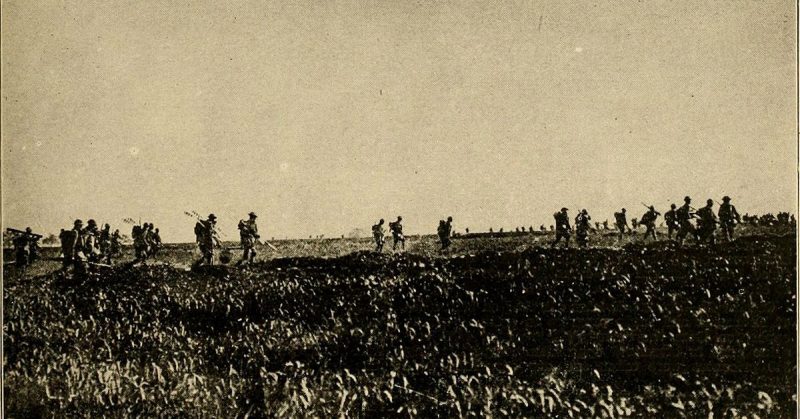The average person has almost certainly never heard of the Battle of Cantigny that took place on May 28th, 1918. However, it was the first major American offensive of the First World War. Even beyond that, there are plenty of reasons why the battle is both significant and worthy of attention.
“The French were worried that we were so inexperienced, so new, because they’ve been fighting since 1914,” said First Division Museum Executive Director Paul Herbert. “We’ve been there a year. We’ve been rotating in and out of the Western Front mainly for training, but we’ve never been given an operation to do on our own.”
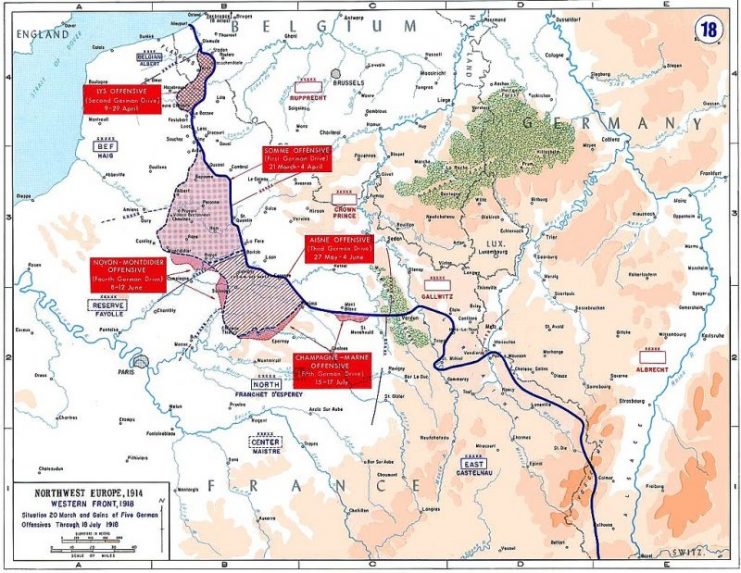
America’s entry into the Great War came after President Woodrow Wilson appeared before Congress seeking to declare war against Germany in order to keep the world safe for democracy. According to Herbert, the Battle of Cantigny was the first time that the Americans really bled for their cause, putting the lives of soldiers at risk for the principles of freedom and democracy.
Today, a poignant red poppy display honors the sacrifices of American soldiers in the first world war, situated near the entrance to the museum’s “First in War” gallery. The gallery holds displays and exhibits that honor the sacrifice made by the 300,000 casualties, defined as soldiers killed, wounded, missing or dead from disease, in the war’s dying months.
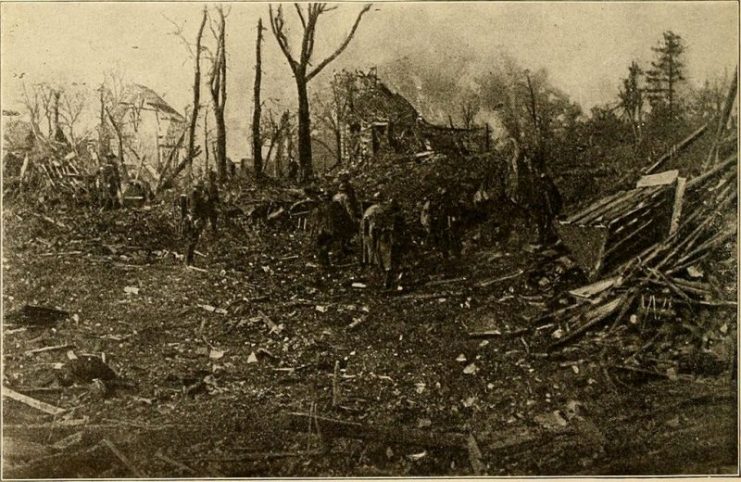
The gallery will be full of 2,000 poppies, assembled by hand, to represent the 2,000 American soldiers who were either killed or wounded on every signal day from the Battle of Cantigny to the end of the First World War. Assisting with the construction of the exhibit, the American Legion provided the petals and leaves, while museum historians and Scout groups, students and park members, provided the hours and effort to assemble the poppies.
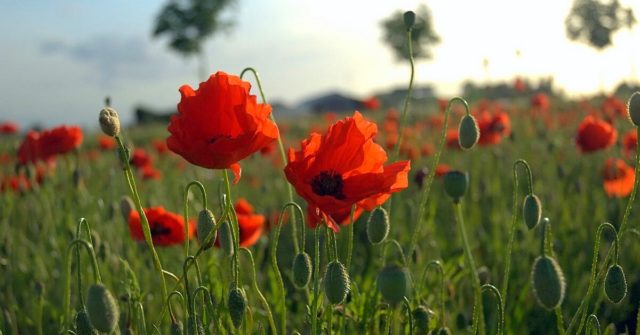
Fought just over a hundred years ago during the First World War, the battle falls on what citizens in the United States call Memorial Day. The First Division Museum, located on the Wheaton campus within the Cantigny Park estate, has paid a special tribute to those who fought and died in that battle in the service of their country.
The battle had a big impact on Cantigny’s benefactor, Colonel Robert R. McCormick, who led a unit in the attack. He was so shaped by the experience that he returned home and renamed his home, the large Wheaton estate, after the French village.
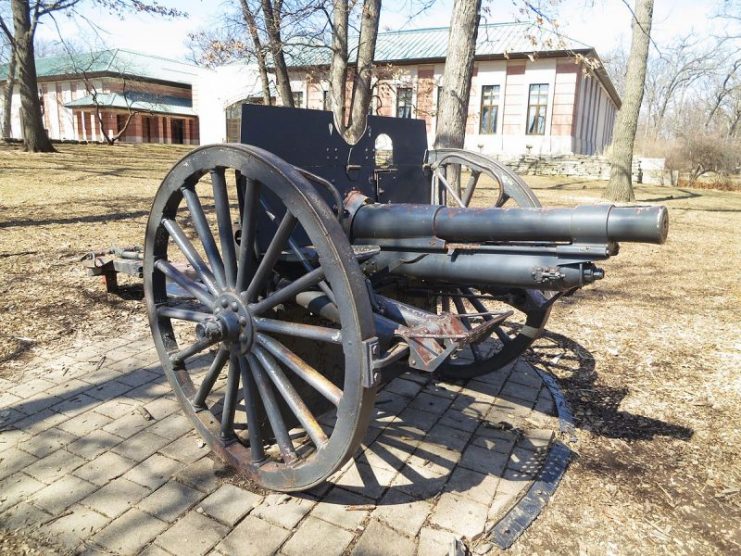
Last summer the museum reopened after renovations and included updated exhibits displaying the price of war through the stories of the fighting men who served throughout the Division’s 101-year history.
One of the themes on display was ‘Our Soldiers,’ and the intention behind it was to awaken a sense of empathy for soldiers through recognition of their fundamental humanity. The exhibit assists the visitor in understanding the experiences, sacrifices, and tribulations of soldiers.
In marking the 100th anniversary of the battle, the focus will be on the struggles of the men; those who died, the wounded, and those men who defied expectations. Among the activities on the day were re-enactments, including McCormick’s 1937 speech during the dedication of a 1st Division monument at the village of Cantigny, France, as well as readings of letters written by soldiers. Museum executive director Paul Herbert said that the intention was to construct a bridge between the public and the soldiers who were no longer present to tell their stories.
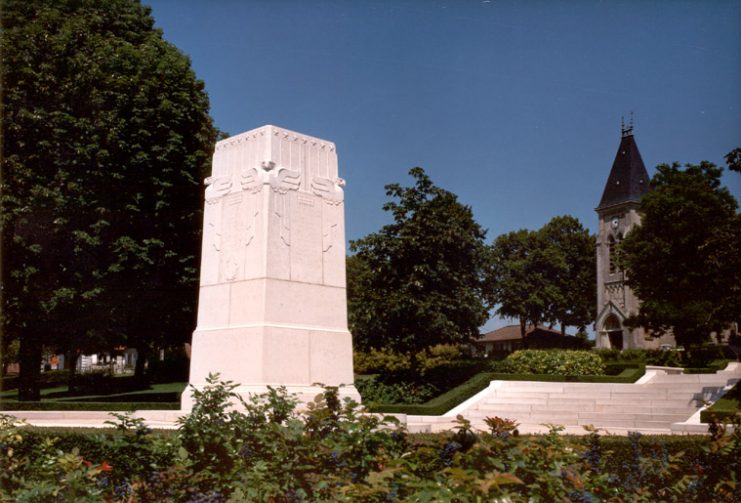
For Jackie Gillaspie, the museum’s volunteer and program facilitator, the museum exhibit holds a special significance. She called it an honor to even play a small part in the overall performance, as she discovered as an intern that she was the great-granddaughter of Private Harry Gums, a soldier who fought and was injured in the battle while trying to assist a fellow soldier with the application of a bandage.
